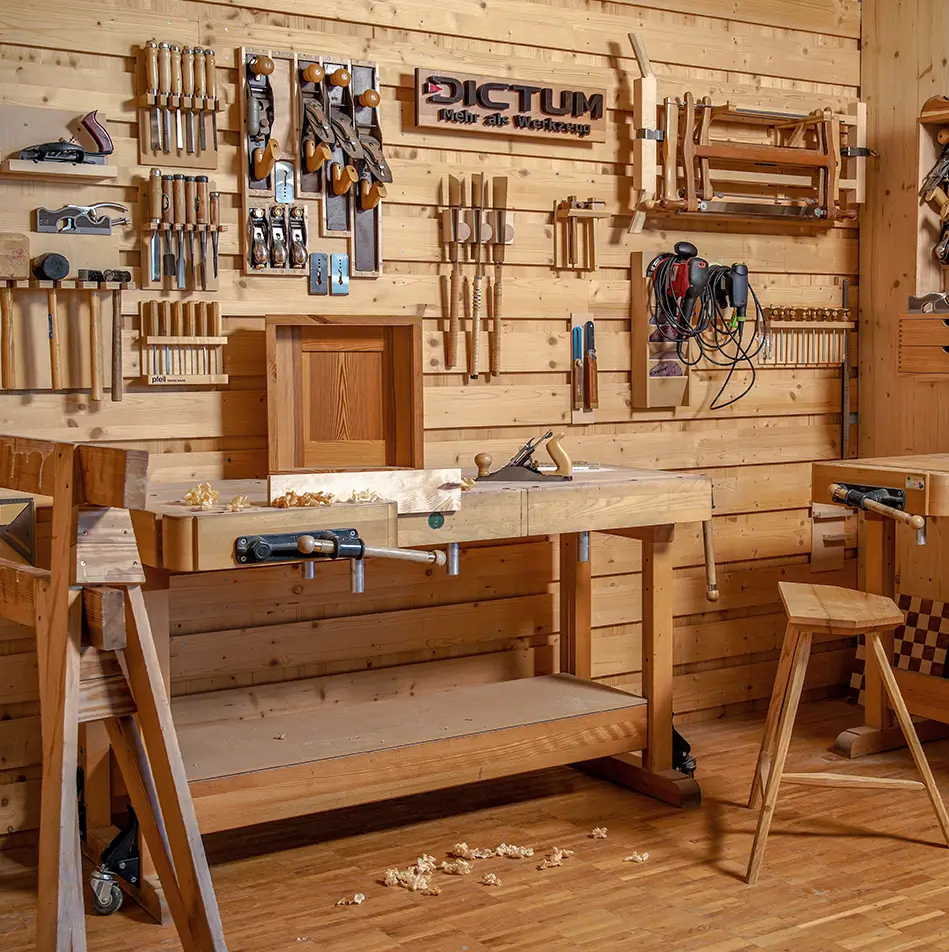High angle smoothing planes & frogs (50°)
-
Woodworking / metalworking
- Saws
- Chisels
- Carving tools
- Axes and hatchets
- Hammers, nails & pry bars
-
Planes
- Metal planes (iron planes)
- Wooden planes
- Plane sets
- Design planes
- Plane blades & accessories for classics by Record, Stanley, Preston
- Plane blades & accessories as an upgrade for metal planes or for build-your-own planes
- Plane tuning, maintenance, storage
- Scraper blades
- Blade scrapers
- Replacement plane blades & chipbreakers
- Spare parts for planes
- Electric planers / power planers
- Woodturning tools & lathes
- Rasps & files
- Measuring and inspection tools
- Scribing & cutting tools
- Routing & drilling tools
- Clamps
- Screwdriving tools
- Pliers
- Workshop equipment & tool sets
- Blacksmithing / blade finishing
- Engraving tools
- Leatherworking, papercraft & upholstery tools
- Stone working tools
- Tools for kids
High angle smoothing planes & frogs (50°)
EXPERT KNOWLEDGE HIGH ANGLE SMOOTHING PLANES & FROGS (50° CUTTING ANGLE)
What is a plough?
The plaster plane is a plane that smoothes wooden surfaces, removes fine irregularities and gives the wood a natural lustre. The plane body typically has a length of around 250 mm (or less for wood planes). The plane blades vary in width, usually between 30 and 60 mm depending on the version, and work with a cutting angle of at least 50°. This steeper Angle is particularly suitable for the final fine processing of woods with varying grain.
Difference between a plaster plane and a finishing plane
Formerly referred to as a steep plane or hardwood plane, this type of plane has been declared as a plastering plane in the product names of many Manufacturers such as ECE, Ulmia or, at that time, Weiß und Sohn from 1900 until today. In English-speaking countries, there is a corresponding term coined by Manufacturers such as Norris or Preston, the so-called smoother as a synonym for the plaster plane.
The smoother is characterised by its steeper cutting angle of 50°, which clearly distinguishes it from the finishing plane, which traditionally has a cutting angle of 45°, which is considered the standard for processing common types of wood. Not everywhere on the market is the planing process described in the three steps of roughing, finishing and cleaning, as is the case with DICTUM. For example, planer models that we refer to as finishing planes can be found at other dealers under plastering planes.
Tips for Planes:
Sharpening the plane iron: The corners of plastering plane irons are usually slightly rounded so that they do not leave any scratches on the final surface. There is also the technique of giving the iron a slightly curved shape across its width. This sharpening method produces a surface finish that is classically hand-planed and has a minimal structure when backlit. Others information on this sharpening technique can be found at www.richtig-schärfen.de - Sharpening technique by Garrett Hack.
Plane setting: Make sure to set the iron so that it only removes the finest chips. The plane mouth should also be set as small as possible to prevent tearing.
Pressure control: Apply even pressure to ensure that the wood is removed evenly.
Planing direction: Always plane in the direction of the wood fibres to avoid tears on the surface.
Buying a plastering plane made of wood or metal?
The choice between a wood or metal plaster plane ultimately depends on the craftsman's personal preference and the specific requirements of the project. Both materials have their advantages and can deliver excellent results if cared for properly.
Care and maintenance
Proper care is crucial to prolonging the life of your Planes and achieving optimum results:
- Sharpening the plane iron: Cleanly straighten the mirror side once. Sharpen the bevel regularly on a flat (dressed) sharpening stone using appropriate sharpening guides so that the cutting edge can form cleanly on all areas of the iron. This is the only way to ensure even chip removal.
- Cleaning: Keep the flat soleplate clean and free of resin and other deposits. Clean the soleplate after each use to keep it gliding smoothly.
- Storage: Store the planer in a dry place and protect the iron from corrosion by oiling it occasionally.
Conclusion
A plaster plane can provide a fine surface with a natural lustre in the final step, or can be a useful preparation for other surface treatments, such as oiling.





